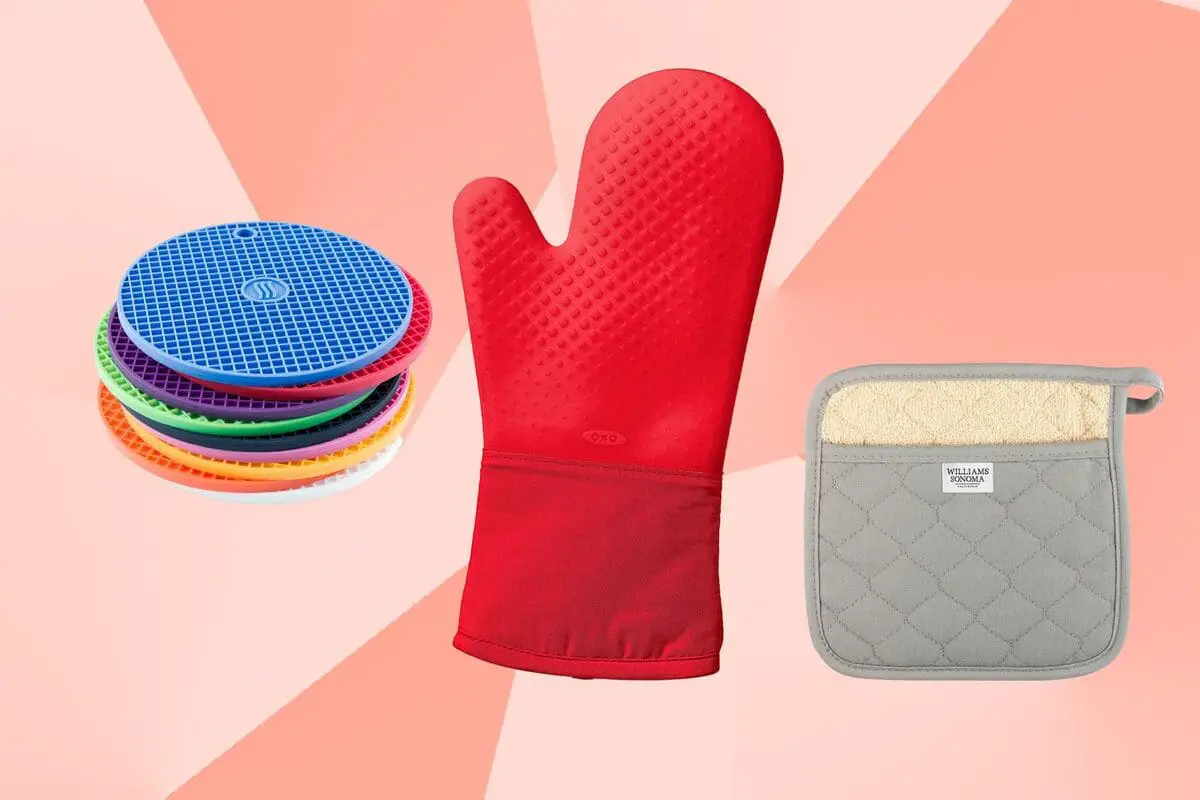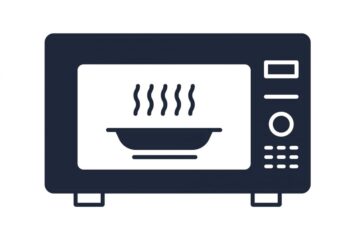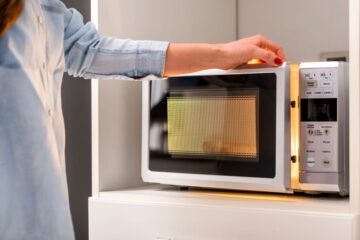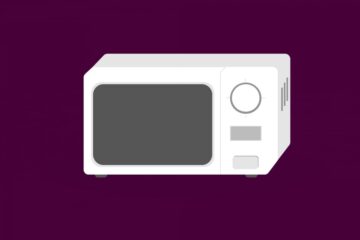When it comes to cooking, safety should always be a top priority. One of the best ways to protect yourself from burns and other injuries in the kitchen is to use proper protective gear. Potholders, oven mitts, and mittens are all designed to help protect your hands from heat and other hazards in the kitchen, but they each have their own unique features and benefits.
In this guide, we’ll take a closer look at the differences between potholders, oven mitts, and mittens. We’ll explore their features, pros and cons, and provide tips for using them effectively. We’ll also compare these protective gear items and help you determine which one is the best fit for your needs.
Potholders
Description and Features of Potholders
Potholders are small squares of fabric that are designed to protect your hands from hot pots and pans. They are typically made from cotton, silicone, or other heat-resistant materials and are designed to fit comfortably in your hand.
Types of Potholders
There are several types of potholders available on the market, including:
- Fabric potholders: These are made from cotton or other heat-resistant materials and are usually filled with insulating material such as foam or cotton batting.
- Silicone potholders: These are made from silicone and are heat-resistant up to a certain temperature.
- Combination potholders: These are made from a combination of materials such as fabric and silicone to provide extra heat protection.
Pros and Cons of Using Potholders
Pros:
- Easy to use and maneuver
- Lightweight and easy to store
- Can be used for a variety of kitchen tasks
Cons:
- May not provide as much heat protection as oven mitts or mittens
- Can be difficult to grip some pots and pans
- May wear out quickly with frequent use
Tips for Using Potholders Effectively
- Always use dry potholders to prevent steam burns.
- Make sure your potholder is clean and free of any holes or tears.
- Don’t use a potholder for an extended period of time or at high temperatures.
- Never use a potholder to handle hot liquids.
Oven Mitts
Description and Features of Oven Mitts
Oven mitts are designed to cover your entire hand and wrist and provide maximum protection from heat. They are typically made from heat-resistant materials such as silicone, neoprene, or Kevlar.
Types of Oven Mitts
There are several types of oven mitts available on the market, including:
- Fabric oven mitts: These are made from cotton or other heat-resistant materials and are usually filled with insulating material such as foam or cotton batting.
- Silicone oven mitts: These are made from silicone and are heat-resistant up to a certain temperature.
- Neoprene oven mitts: These are made from neoprene and are heat-resistant up to a certain temperature.
- Kevlar oven mitts: These are made from Kevlar and are heat-resistant up to a certain temperature.
Pros and Cons of Using Oven Mitts
Pros:
- Provide maximum heat protection
- Easy to use and maneuver
- Can be used for a variety of kitchen tasks
Cons:
- Can be heavy and cumbersome
- May be too hot for some tasks
- May not fit all hand sizes
Tips for Using Oven Mitts Effectively
To get the most out of your oven mitts, consider the following tips:
- Choose the right material: Look for oven mitts made of heat-resistant materials like silicone, neoprene, or Kevlar. These materials can withstand high temperatures and protect your hands from burns.
- Check the grip: Make sure your oven mitts have a good grip so that you can hold onto hot dishes and pots securely. Look for mitts with textured surfaces or silicone dots to ensure a firm grip.
- Use both hands: When picking up hot dishes, use both hands and grip them firmly with your mitts. This will distribute the weight evenly and reduce the risk of dropping them.
- Avoid water: Wet oven mitts can conduct heat and increase the risk of burns. Always ensure your mitts are dry before using them.
- Store them correctly: Hang your oven mitts up on hooks or store them in a drawer to keep them clean and prevent damage.
Mittens
Description and Features of Mittens
Mittens are similar to oven mitts but cover the entire hand, including the fingers. They are typically made of thick, insulated material like wool or fleece and are designed to keep your hands warm in cold temperatures.
Types of Mittens
Mittens come in various shapes and sizes, and are designed for different activities. Some common types of mittens include:
- Ski mittens: Ski mittens are designed for use in cold and snowy conditions. They are typically made of waterproof and windproof materials and have a thick layer of insulation to keep your hands warm.
- Snowboard mittens: Similar to ski mittens, snowboard mittens are designed for use in cold and snowy conditions. They are typically longer than ski mittens and have a reinforced palm to provide better grip on a snowboard.
- Casual mittens: Casual mittens are designed for everyday use in cold weather. They are typically made of soft, warm materials like wool or fleece and come in a variety of colors and styles.
Pros and Cons of Using Mittens
Here are some pros and cons of using mittens:
Pros:
- Mittens provide more warmth than gloves or oven mitts, as they cover the entire hand and fingers.
- They are versatile and can be used for a variety of activities, including skiing, snowboarding, and everyday use.
- They are often more comfortable than gloves or oven mitts, as they allow your fingers to touch and keep each other warm.
Cons:
- Mittens can be bulky and limit your mobility, making it difficult to perform tasks that require dexterity.
- They may not be suitable for use in wet conditions, as the insulation may get wet and lose its effectiveness.
- They may not provide as much grip as gloves or oven mitts, making it more difficult to hold onto objects.
Tips for Using Mittens Effectively
To get the most out of your mittens, consider the following tips:
- Choose the right size: Make sure your mittens fit properly and are not too loose or too tight. This will ensure maximum warmth and comfort.
- Check the insulation: Look for mittens with high-quality insulation to ensure maximum warmth in cold temperatures.
- Use liners: Consider using liners inside your mittens to add an extra layer of warmth and protection.
- Be aware of your surroundings: Mittens can limit your mobility and make it more difficult to perform tasks that require dexterity. Be aware of your surroundings and avoid situations where you may need to perform delicate tasks.
Comparison Between Potholders, Oven Mitts, and Mittens
Now that we have discussed the features, types, pros, and cons of potholders, oven mitts, and mittens, let us compare them on different factors.
Heat Resistance
When it comes to heat resistance, oven mitts are the clear winner. They offer greater protection from heat as they cover the entire hand and wrist. Potholders and mittens, on the other hand, offer limited protection and can only be used for short periods.
Comfort and Mobility
Mittens are the most comfortable and provide ample mobility for the hands. However, they are not suitable for handling hot dishes as they do not offer a tight grip. Potholders are also comfortable, but they may not fit well on large hands. Oven mitts, despite being bulky, offer the best mobility and allow you to handle hot dishes with ease.
Durability
Oven mitts and potholders are relatively more durable than mittens as they are made from sturdy materials like silicone and cotton. However, mittens made from high-quality materials like leather can also last long.
Cost
In terms of cost, potholders are the most economical, followed by mittens and oven mitts. However, investing in high-quality oven mitts or mittens can be a wise choice in the long run.
Which One to Choose?
Choosing the right hand protection depends on your specific needs and preferences. Here are some factors to consider when choosing between potholders, oven mitts, and mittens:
- Type of dish: Consider the dish you are handling. If it is a large pot or baking dish, oven mitts might be more suitable. If it is a small dish, potholders or mittens can do the job.
- Heat resistance: If you need maximum heat resistance, go for oven mitts. If you need minimal heat resistance, potholders or mittens can suffice.
- Comfort: Choose a hand protection that fits well and is comfortable to wear. If you have large hands, avoid potholders that are too small.
- Mobility: If you need to handle hot dishes with ease, oven mitts are the best choice.
When choosing between different types of hand protection, it is also essential to consider the quality of the materials used, the brand, and the price.
How to Clean and Maintain Potholders, Oven Mitts, and Mittens?
As with any kitchen accessory, proper cleaning and maintenance are essential to ensure that your potholders, oven mitts, and mittens remain effective and long-lasting. Here are some tips for keeping them clean and in good condition:
Cleaning and Maintenance Tips for Potholders
- Always check the care label before washing your potholders. Some may be machine washable, while others may need to be hand washed or spot cleaned.
- If your potholders are machine washable, use a gentle cycle with cold or warm water and a mild detergent.
- Avoid using bleach or fabric softeners, as they can damage the fabric and decrease the heat resistance.
- Hang or lay flat to dry. Avoid using the dryer, as high heat can damage the fabric.
Cleaning and Maintenance Tips for Oven Mitts
- Check the care label before washing your oven mitts. Some may be machine washable, while others may need to be hand washed or spot cleaned.
- If your oven mitts are machine washable, use a gentle cycle with cold or warm water and a mild detergent.
- Avoid using bleach or fabric softeners, as they can damage the fabric and decrease the heat resistance.
- Hang or lay flat to dry. Avoid using the dryer, as high heat can damage the fabric.
Cleaning and Maintenance Tips for Mittens
- Check the care label before washing your mittens. Some may be machine washable, while others may need to be hand washed or spot cleaned.
- If your mittens are machine washable, use a gentle cycle with cold or warm water and a mild detergent.
- Avoid using bleach or fabric softeners, as they can damage the fabric and decrease the heat resistance.
- Hang or lay flat to dry. Avoid using the dryer, as high heat can damage the fabric.
Safety Tips When Using Potholders, Oven Mitts, and Mittens
While potholders, oven mitts, and mittens can provide excellent protection against heat, it’s essential to use them correctly to avoid accidents. Here are some safety tips to keep in mind when using these kitchen accessories:
Precautions to Take When Using Potholders
- Always make sure that your potholder is clean and dry before using it.
- Avoid using a potholder that is wet or damp, as it can reduce its heat resistance.
- Use both hands when handling hot items to avoid dropping them.
- Never use a potholder that has holes, tears, or signs of wear and tear, as it can increase the risk of burns.
Precautions to Take When Using Oven Mitts
- Always make sure that your oven mitt is clean and dry before using it.
- Avoid using an oven mitt that is wet or damp, as it can reduce its heat resistance.
- Use both hands when handling hot items to avoid dropping them.
- Never use an oven mitt that has holes, tears, or signs of wear and tear, as it can increase the risk of burns.
Precautions to Take When Using Mittens
- Always make sure that your mittens are clean and dry before using them.
- Avoid using mittens that are wet or damp, as it can reduce their heat resistance.
- Use both hands when handling hot items to avoid dropping them.
- Never use mittens that have holes, tears, or signs of wear and tear, as it can increase the risk of burns.
Conclusion
In verdict, potholders, oven mitts, and mittens are all essential kitchen tools that serve the purpose of protecting your hands from burns and injuries. While each of them has its unique features and benefits, it is essential to choose the one that best suits your needs.
When it comes to cleaning and maintenance, it is crucial to follow the manufacturer’s instructions to ensure that they remain in good condition and last for a long time. Proper cleaning and maintenance not only increase the lifespan of your kitchen tools but also ensure that they are hygienic and safe to use.
Overall, potholders, oven mitts, and mittens are an essential investment for any kitchen. Whether you are a professional chef or a home cook, having the right tools can make a significant difference in your cooking experience. By choosing the right kitchen tools and taking proper care of them, you can ensure that your kitchen is a safe and enjoyable place to cook.



